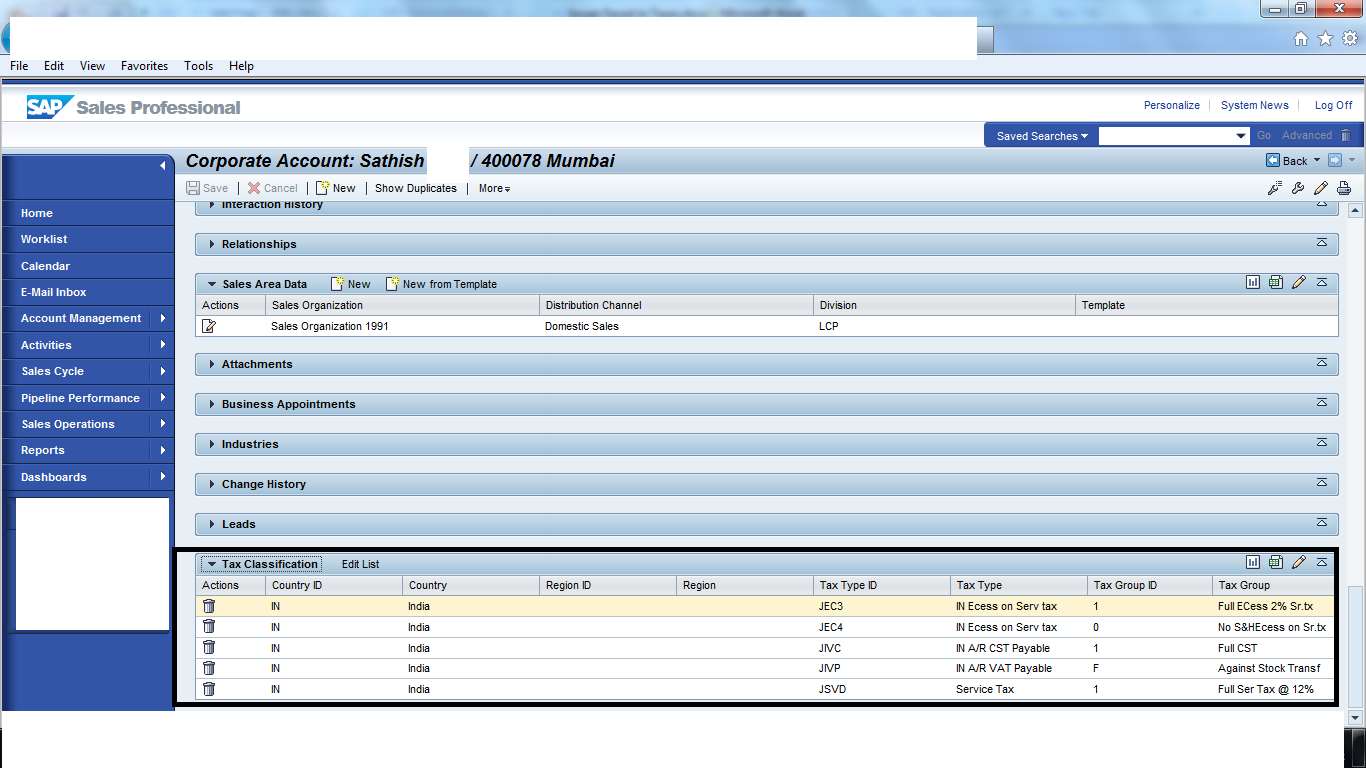

The Chit-PTA system can be successfully applied as a short-term anticorrosive coating, removable on demand without damaging the underlying substrate. The strong ionic cross-linking also improved corrosion inhibition effects (from 29% to 98%) of the chitosan coatings by decreasing the permeability of the layer. Impregnation has significantly lowered the swelling speed of chitosan, additionally, PTA has been retained in the coatings even after 3 days of exposure to a corrosive environment. The behavior of the native and the PTA loaded chitosan coatings, along with their degradation in time were studied with Raman spectroscopy, EDS, AFM, potentiodynamic polarization and electrochemical impedance spectroscopy techniques. UV–Vis spectroscopy was used to determine the layer thickness on glass substrates, while PTA accumulation and retention were studied on quartz. Determined partial opening of nanotubes and the introduction of oxygen-containing species decreased the initial extremely-high H 2 permeability from circa 20 million (bare) to almost 5 million barrers while the ideal H 2/CO 2 selectivity α increased from almost non-selective 1.1 (bare) to 3.5 for the oxidized sample.Ĭhitosan (Chit) coatings deposited on zinc by dip coating technique were impregnated with ammonium paratungstate (PTA) to improve their anticorrosive effect. The mild SWCNT oxidation caused substantial structural rearrangement of buckypaper with significant impact on its properties. Gas permeability was determined by the fixed-volume pressure-increase permeation method at 25 ☌ and 1 bar feed overpressure. The fundamental structure, composition and mechanical properties were examined via SEM, EDS, AFM, XPS, Raman spectroscopy and dynamical mechanical analysis. Carbon nanotube samples in bare and oxidized forms were assembled into buckypaper by a vacuum filtration from SWCNT colloidal suspension. We demonstrate challenging material properties of flat free-standing chemically modified single wall carbon nanotube (SWCNT) sheets potentially usable as new support materials for gas separation composite membranes. This encapsulation method with inorganic materials is expected to be applied to improve the stability and performance of various emerging 2D material-based devices.

In addition, we verified that the optoelectronic properties of 1LTMDCs are maintained for 2 weeks in ambient condition through the sustainable encapsulation effect induced by our HS. Through various investigations, we found that these phenomena were due to the antenna and p-type doping effects attributed to the ZnO NRs. Consequently, we confirmed not only enhanced photoluminescence of 1LWSe 2 but also improved optoelectronic properties by fabricating the HS phototransistor. To overcome these issues, we constructed a hybrid structure (HS) by growing zinc oxide nanorods (ZnO NRs) on a monolayer tungsten diselenide ( 1LWSe 2) using the hydrothermal method. However, monolayer TMDCs (1LTMDCs) have various serious issues, such as instability under ambient conditions and low optical quantum yield from their extremely thin thickness of ~0.7 nm. Transition metal dichalcogenides (TMDCs) are promising two-dimensional (2D) materials for realizing next-generation electronics and optoelectronics with attractive physical properties. This work showed the feasibility of real-life applications based on functionalized 2D semiconductors for next-generation electronic and optoelectronic devices. The photodetectors based on the doped MoS 2 samples showed an ultrahigh photoresponsivity of 5×10 5 A/W, a detectivity of 5×10 12 Jones, and a fast response rate of 5 ms than did those based on undoped MoS 2. The devices based on doped MoS 2 showed extremely high uniformity and stability in electrical properties in ambient conditions for 30 days. In the current work, we demonstrated uniform substitutional doping of monolayer MoS 2 in a 2 in. However, recently reported substitutional doping techniques for 2D materials have given rise to discontinuities and low uniformities, which hamper the extension of such techniques to large-scale production. The substitutional doping method is ideally suited to generating doped two-dimensional (2D) materials for practical device applications as it does not damage or destabilize such materials.


 0 kommentar(er)
0 kommentar(er)
